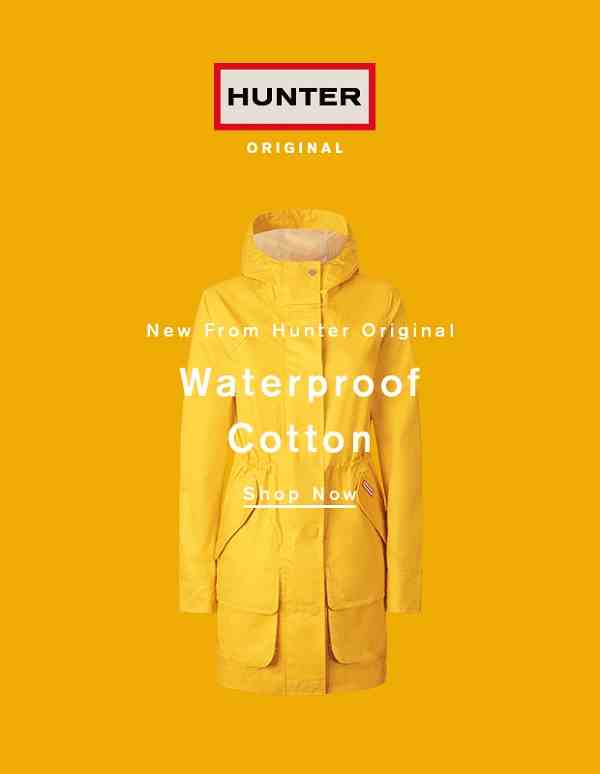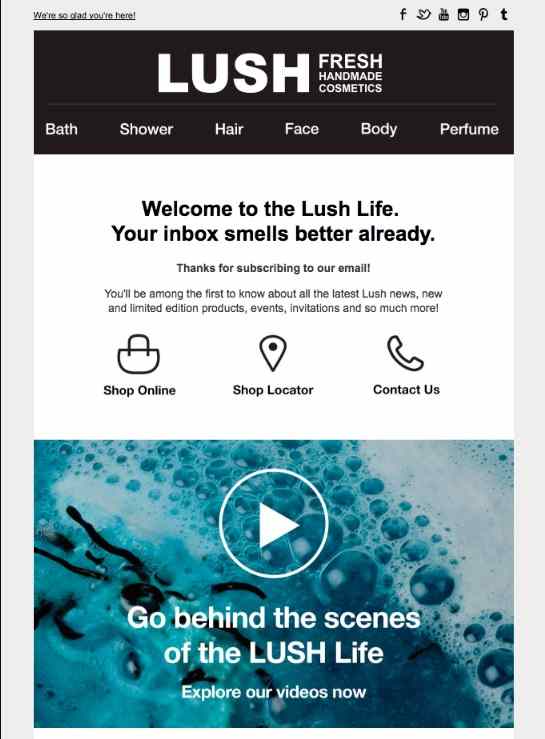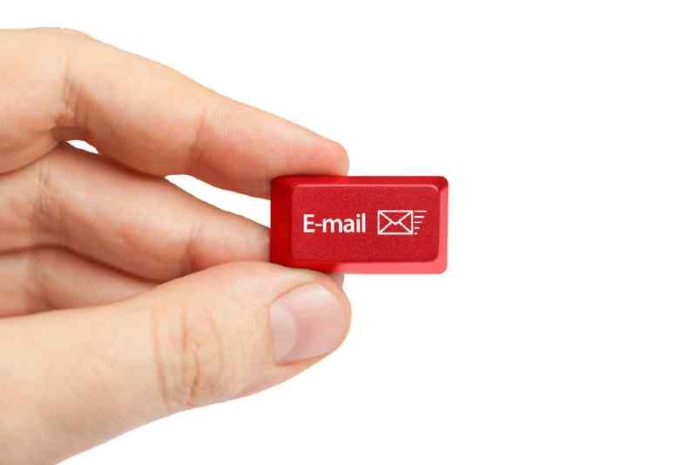Email remains one of the most effective B2C communication channels in use today.
Two factors have contributed to the continued success of email as a marketing tool: widespread usage among consumers and a substantial ROI for businesses. According to a recent survey by HubSpot, more than 5.6 billion people worldwide have an email account, and 99% of them check their inbox on a daily basis. In terms of ROI, businesses can expect to earn almost $38 per $1 spent, and more than 59% of marketers have confirmed that email is their biggest source of ROI.
With that being said, there is more to email marketing than just sending emails and waiting for revenue to accumulate. An email has to engage consumers in order to convert them into paying customers.
Creating engagement through emails is a craft you have to master in order to leverage email as a marketing channel. And to give you an idea of how it’s done, we’ve prepared 7 actionable tips to keep in mind as you plan your next campaign.
1. Multimedia Content in Emails
A surefire way to make any form of communication more engaging is to enhance it with multimedia content. While email is no different in this regard, technical limitations have prevented marketers from fully embracing multimedia, until today. Thanks to HTML 5, it is now possible to embed videos, gifs, and audio directly in emails.
Here we can’t forget to mention the AMP for email launched in 2018 which originates from AMP technology that was developed for bandwidth and processor restricted devices back in 2015. It’s an open-source framework which means any email provider can support it.
A few main ideas are that brands allow subscribers to adjust their email frequency, subscription, and update the email address directly from the email. Other uses are creating polls and setting dates for meetings directly from the email.
Companies like Pinterest, Doodle, and Booking have already implemented it.
According to a report by Forrester, a video-enhanced email is engaging enough to generate up to a 300% increase in click-through rate.
A great example of multimedia emails in action comes from an old British company HunterBoots.
 As you can see they use the always popular GIF format to promote their product. It’s very straight forward showing their new line of raincoats, and the GIF does a beautiful job in representing all the color variations.
As you can see they use the always popular GIF format to promote their product. It’s very straight forward showing their new line of raincoats, and the GIF does a beautiful job in representing all the color variations.
2. Social Media and Email Integration
Digital marketing experts are increasingly exploring the potential of multichannel marketing. They’re led by the realization that running a separate strategy for each channel produces less engagement than running an integrated campaign on multiple channels. As a result, channels such as email and social media are increasingly being used in tandem, leveraging the strengths of each while diminishing their weaknesses.
Netflix is leading the charge when it comes to email and social media integration. Whenever they launch a new season of a major show, Netflix notifies its email subscribers about engagement opportunities on social media. These include behind-the-scenes videos on Instagram, tweets by the cast of the show, fan-art on Tumblr, and more.
3. Long-term Nurture Through Storytelling
Acquiring a new customer can be as much as 5x more expensive than retaining an existing one. This fact has driven companies to pursue more retention-focused marketing strategies. In the realm of email marketing, this led to the development of long-term campaigns focused on customer nurture and engagement. Such campaigns are usually built as stories told across multiple emails. This gave them the consistency necessary to keep customers engaged week after week.
Cosmetics manufacturer Lush uses email as a channel to tell the story behind their products and brand. Over the course of several emails, Lush teach customers about their core philosophy (opposition to animal testing, sustainability, etc.), and how it is reflected in the products they make.
 Source:reallygoodemails.com
Source:reallygoodemails.com
4. Expanding on Transactional Emails
Transactional emails are emails you automatically receive upon reaching certain milestones during your interaction with a brand. These include registration emails, order confirmation emails, customer support emails, and others. Transactional emails get sent all the time, and enterprising brands began using them to achieve marketing-related goals such as building engagement.
A great example of transactional emails in use comes by the way of Walmart. The retail giant uses order confirmation emails to notify customers about sales opportunities and recommended products, turning what would be a bog-standard transactional email into an engine for building engagement.
 5. Experimenting With Multiple CTAs
5. Experimenting With Multiple CTAs
Conventional wisdom dictates that an email should have only a single CTA if it is to be effective as a conversion tool. However, according to recent email marketing trends, this piece of wisdom is increasingly coming under fire. Instead of using a single CTA for an all-or-nothing approach to conversion and engagement, companies are experimenting with the standard email format by including secondary CTAs in addition to the main one. These give subscribers the option to remain in the conversion funnel without having to become a customer right away.
HubSpot gives us a good example of how to use multiple CTAs in a single email. The first CTA prompts the subscriber to download a free ebook, while a secondary CTA leads them to a survey that can help them find a product for their needs. Finally, a social CTA is included for subscribers that might want to get to know the company better on other channels before signing up for an offer.
 Source:hubspot.com
Source:hubspot.com
6. Tasteful Personalization
Email is one of the first channels to have started leveraging personalization for marketing-related goals. In an age where advertising was trying to talk to the masses, email marketers realized that seeing your name in the subject field of an email made the correspondence feel more personal, making the recipient more likely to respond. However, these personalization attempts quickly got out of hand, leading to a number of data-privacy scandals.
Today, brands have to take a more cautious approach with personalization. Addressing your customers’ needs, wants, and desires is a more subtle, effective way to make email correspondences feel personal without being invasive.
7. Providing Social Proof
Social proof is a psychological principle that states that people are more likely to act in a certain way if they see others doing it first. Social proof has a long tradition of being used in digital marketing. From product reviews to social media comments and customer testimonials, social proof will add legitimacy to your offer and authority to your brand. Email marketers are making extensive use of social proof by including customer feedback in promotional emails.
Amazon is leading the charge when it comes to generating engagement through social proof. Whenever Amazon sends a product-focused email, whether it be an order confirmation, an abandoned cart email, or a sales notification email, they will always highlight how the product is rated by other customers, which products were brought together most often, and what people with similar interests bought.
Concluding Remarks
Email is quickly becoming one of the most effective marketing channels for creating engagement. New tools and techniques have made it possible to create emails that are interactive, visually appealing, and convincing to read. In combination with its other advantages such as cost-effectiveness and a substantial ROI, email is starting to compete with social media and websites in its power to drive engagement. Give the tips we have outlined a try, and take your marketing efforts to the next level.
Daniel Bishop works for ReallySimpleSystems as an assistant editor and marketing consultant.
Sales campaign stock photo by Morrowind/Shutterstock







